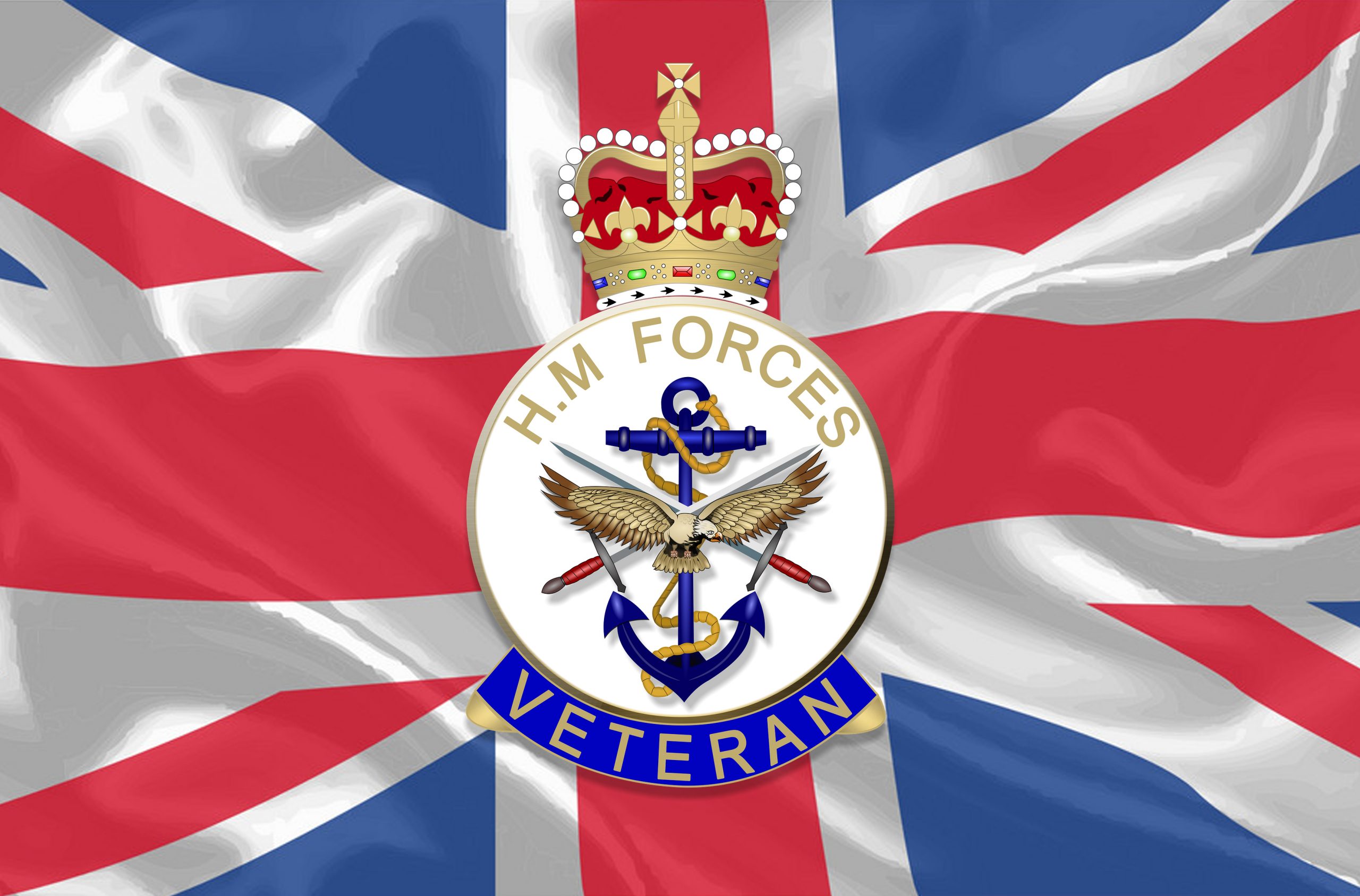National Insurance contributions relief
June 29th, 2021

National Insurance contributions relief for employers who hire veterans
From April 2022 onwards, employers will be able to apply for National Insurance contributions relief if they hire veterans. The relief will be available in real time through PAYE for 12 consecutive months from the veteran’s first day of civilian employment.
This zero-rate can be applied up to the upper secondary threshold and is available from April 2021. However, from April 2021 to March 2022, employers will need to pay the associated secondary Class 1 National Insurance contributions as normal and then claim it back retrospectively from April 2022 onwards.
Who is eligible?
The government’s policy paper states that “employers will only be able to claim National Insurance contributions relief on the earnings of qualifying veterans. A person qualifies as a veteran if they have served at least one day in the regular armed forces. This includes anyone who has completed at least one day of basic training.”
It does not matter when the veteran left the regular armed forces. As long as veterans have not previously been employed in a civilian capacity, the relief is available to all employers of veterans.
Employments that qualify
Relief is available for any civilian employment. A civilian employment is one that is not part of the armed forces, and includes employments with organisations that may have strong links to HM Armed Forces, such as the Ministry of Defence or NATO. Employment with a reserve organisation is not considered as civilian for the purpose of this relief and do not trigger the qualifying period (outlined below).
Self-employed individuals do not pay Class 1 National Insurance contributions. Therefore, self-employed businesses do not qualify for this relief. In addition, self-employed work does not trigger the qualifying period.
Limits on the relief
The relief operates in line with existing reliefs for under 21s and under 25s apprentices. If a veteran’s earnings are above the upper secondary threshold, employers can apply the relief on the part of the earnings below the threshold.
Employers can claim relief if they employ a veteran during the qualifying period. The qualifying period starts on the first day of the veteran’s first civilian employment since leaving the regular armed forces and ends 12 months later.
Employers can claim relief even if the employment starts before 6 April 2021, but will only be able to claim for the remaining qualifying period.
The first day of employment will be the start date taken from the employment contract between the employer and the employee.
This 12 month period does not change if the employment finishes. This means that current and future employers can also claim this relief if they employ a veteran within their qualifying period.
Subsequent employers must determine the first day of the veteran’s first civilian employment, and confirm that the veteran is employed with their business during the qualifying period.
Record keeping
Employers are responsible for checking and maintain records that show:
- that an individual is a qualifying veteran
- the start date of the veteran’s first civilian employment
To claim relief, employers will need to have taken reasonable care to confirm the veteran’s eligibility and confirm, if applicable, the start date of the veteran’s first civilian employment.
An employer can request any of the following documents during onboarding, to confirm that the veteran qualifies:
- veteran’s Identification card (which marks their time in the armed forces)
- letter of employment or contract with HM Armed Forces
- veteran’s P45 from leaving HM Armed Forces
- discharge papers from HM Armed Forces
- the employment contract of an individual’s previous employment (in order to determine the start date)
Employers will also need to keep records that demonstrate the employee’s eligibility for the relief for at least three years after the end of the tax year to which they relate.
Claiming National Insurance Contributions relief
Relief will be available from 6 April 2021. From April 2021 to March 2022, employers will need to pay the associated secondary Class 1 Employers National Insurance contributions.
From April 2022, employers will be able to claim back the associate National Insurance contributions that would have otherwise been relieved. Employers will need to keep records that demonstrate they are eligible for relief for those periods. The government has promised to provide further details on this process before April 2022.
From April 2022 onwards, HMRC intend to put measures in place to enable employers to apply the relief through PAYE.
The Briars Group has been advising clients for the last 30 years in all aspect of Corporate compliance which includes payroll and employment issues.
If you have any questions regarding this article or any other aspects of employment matters in both the UK and Internationally please contacts us at info@briarsgroup.com or on +44 (0)1483 413 400.
Copyright © 2024 Briars Group | All Rights Reserved | Read Our Cookie Policy
